États-Unis – New York
The New York artist creates assemblages between photography and painting, where familiar reality collides with a dreamlike, nostalgic aesthetic, transcended by light.
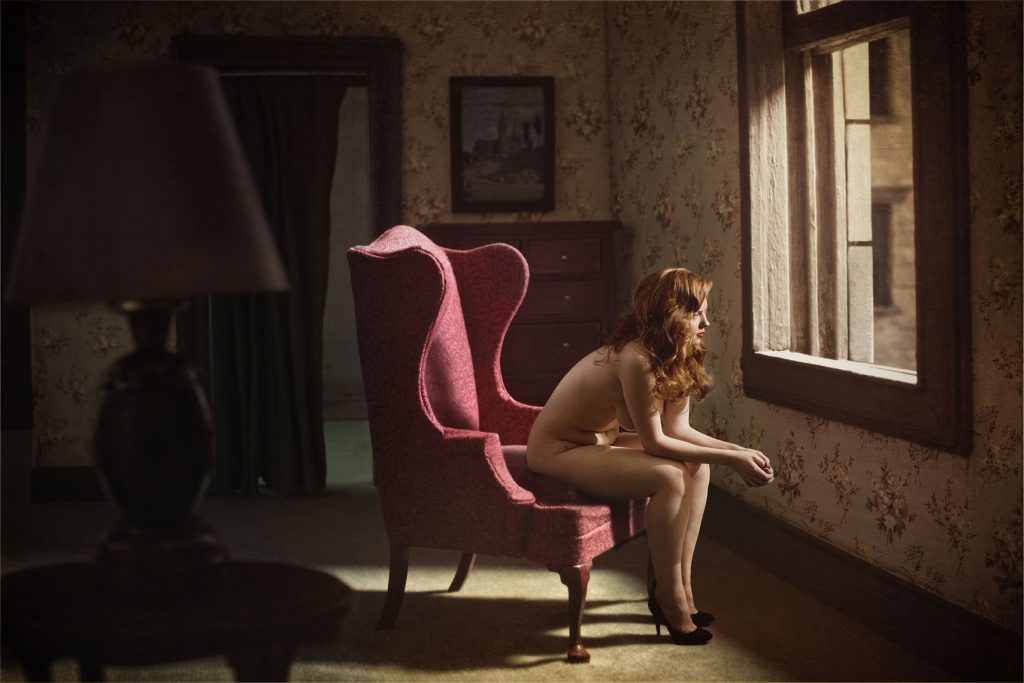
Richard Tuschman’s fascination with painting, photography and assemblage led him to experiment with digital imaging processes from the 1990s onwards. Since then, he has crafted visual narratives that are at once dramatic, dreamlike, painterly and cinematic, exploring the complexity and emotional nuances of human relationships. His distinctive style confronts the real with the virtual, photography with painting. His famous “Hopper Meditations” series, a personal response to the work of Edward Hopper, is the standard-bearer. Here, he reinterprets the style and vision of the American painter using dollhouse-sized dioramas, which he paints and photographs in his studio, and mixes with Photoshop shots of human models. All this is enhanced by precise, controlled lighting that portrays the emotional states of his characters. While Richard Tuschman draws his inspiration from the great masters, such as Rembrandt, Vermeer, Caravaggio and Da Vinci, he also draws on the techniques of theatre and film.
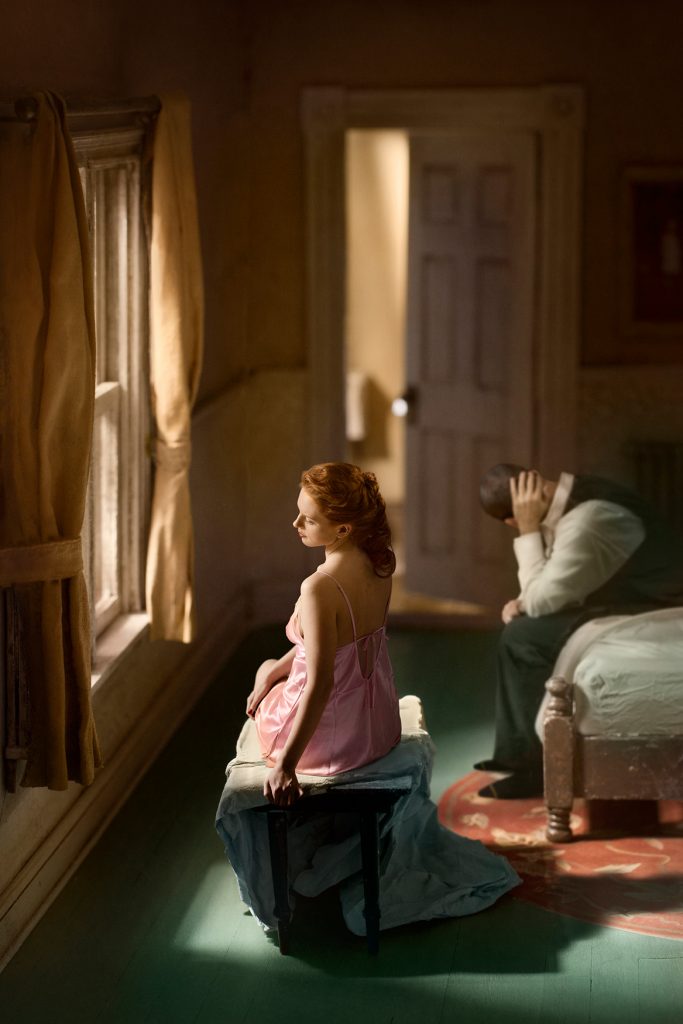
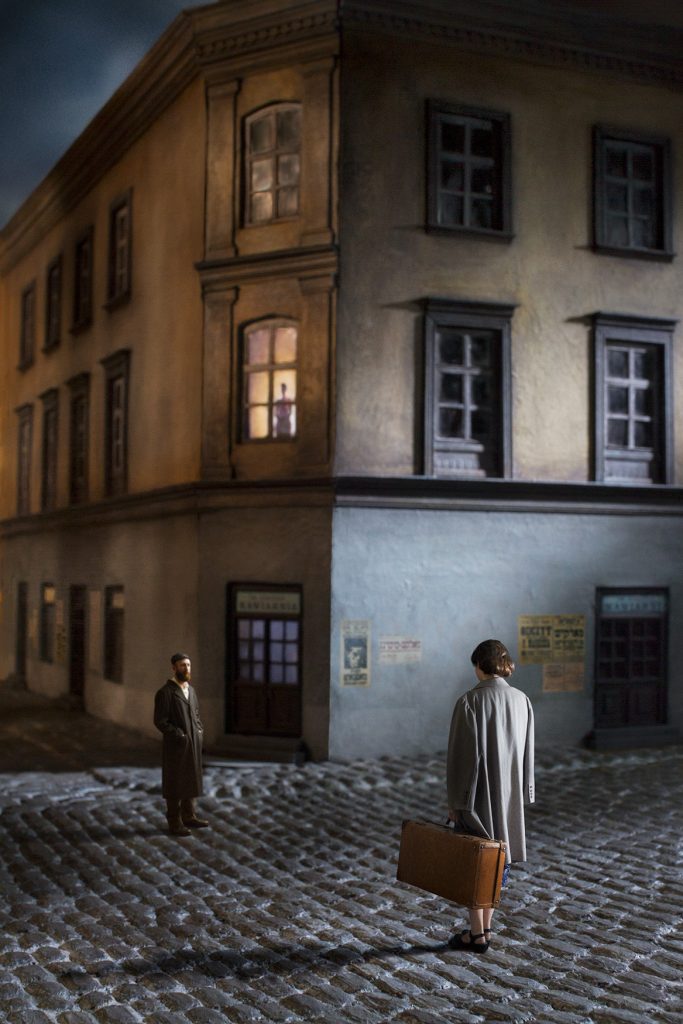
INTROSPECTIVE REFLECTION
Themes of loneliness, alienation, nostalgia and desire permeate the series of this Bachelor of Fine Arts graduate from the University of Michigan in Ann Arbor. Once “Upon a Time in Kazimierz” is a photo novel about a Jewish family living in Krakow, Poland, in 1930, based on Van Gogh’s painting of the same name. In one of the images (The Potato Eaters), this poor family eats their meagre supper by the light of an oil lamp. Its illumination creates “a subtle tension, highlighting a moment of sustenance and fragile warmth in a life of struggle and deprivation”. On another (Couple in the street), the lighting effect is influenced by the paintings of Giorgio De Chirico. As for My Childhood Reassembled, this body of images examines the artist’s youthful years through reconstructions of scenes from his childhood home in the 1960s. A “visual memory” that he recreates and reassembles from his family archives and personal memories, probing his own emotions that tend towards a more mysterious melancholy.
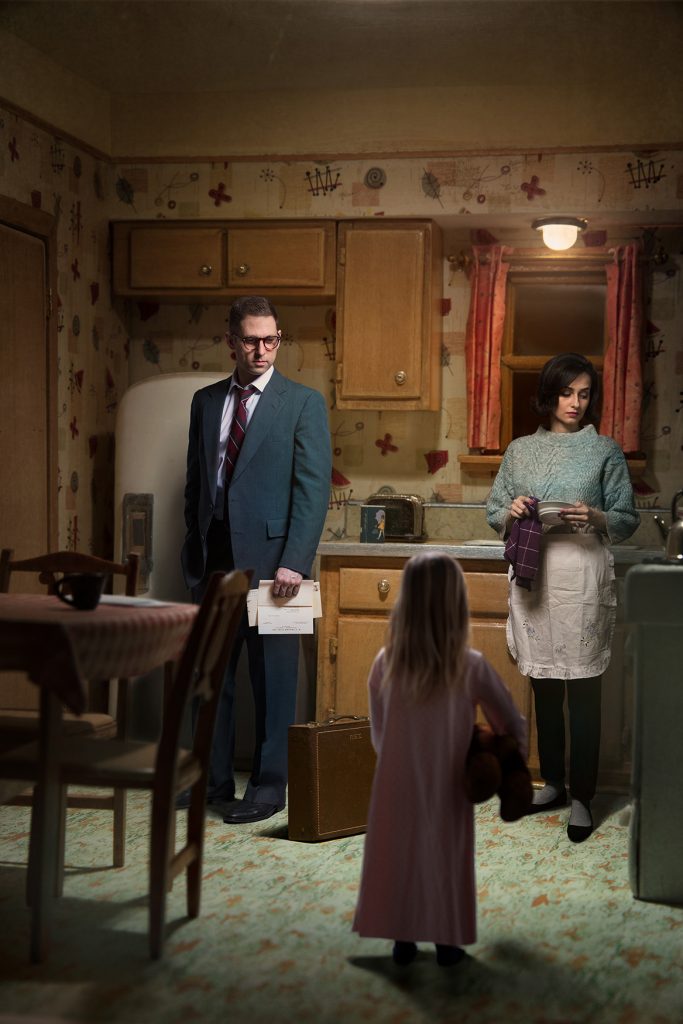
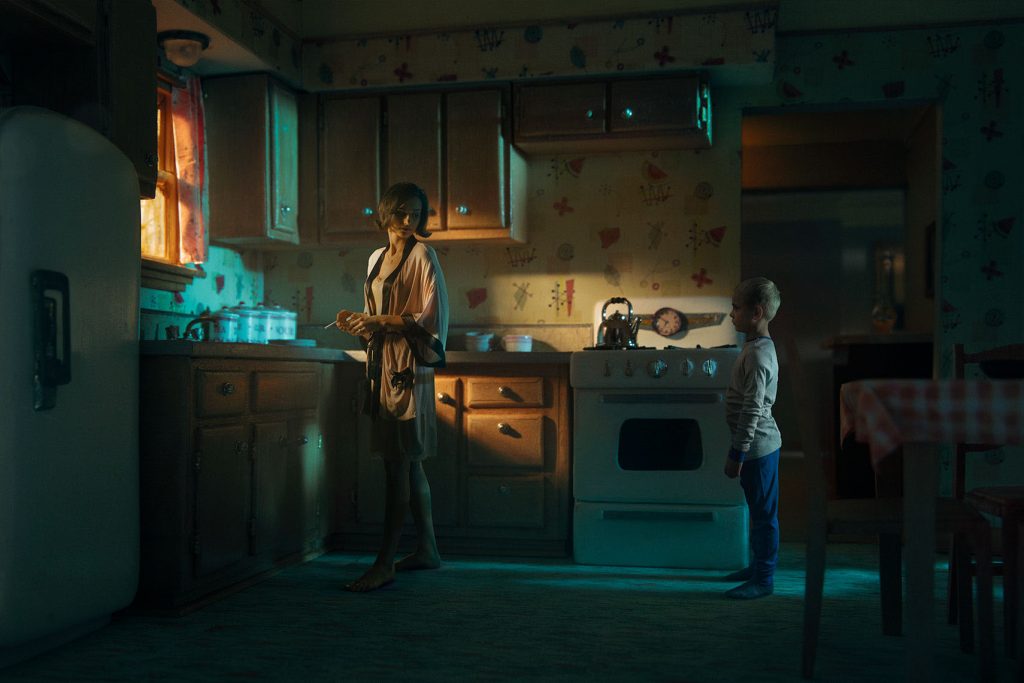
Nathalie Dassa
